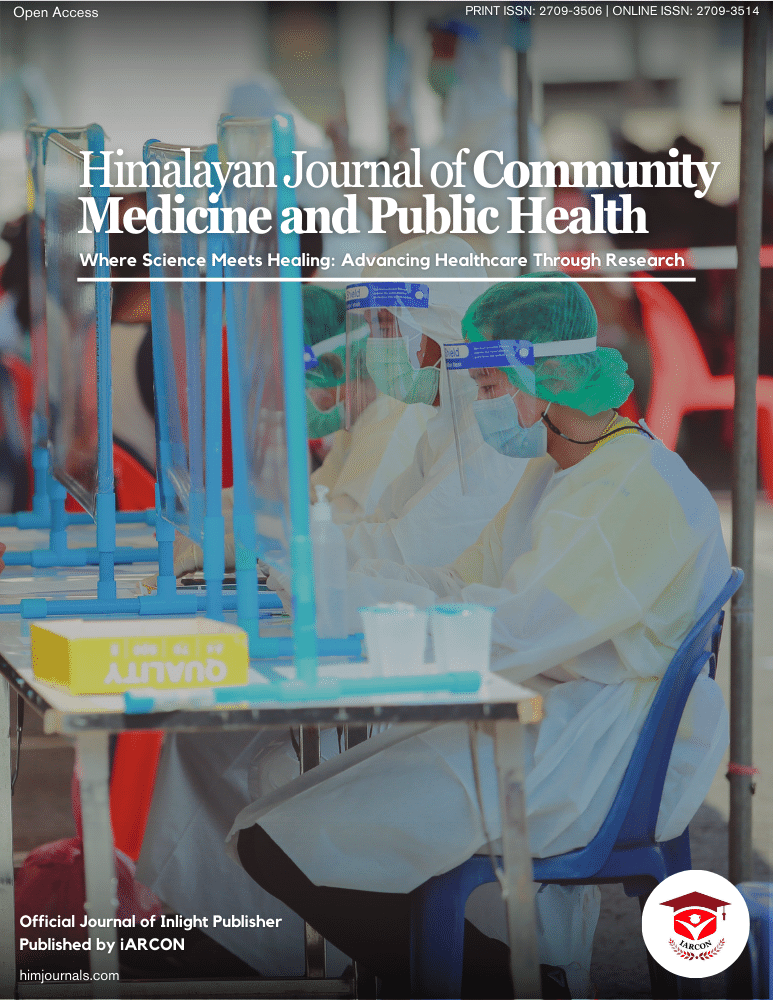Gastro-intestinal pseudo-obstruction as a putative trigger of stroke-like episodes in MELAS
With interest we read the article by Forcelledo et al. about a 50 years-old female with MELAS due to the variant m.3243A>G who predominantly manifested with intestinal pseudo-obstruction (IPO), requiring cecostomy, and lastly colectomy [1]. The further course was rapidly progressive and the patient deceased from multiorgan failure [1]. We have the following comments and concerns.
MELAS is usually a multisystem disorder affecting not only the brain, nerves, and muscles but also the ears, eyes, endocrine organs, heart, gastro-intestinal tract, kidneys, bone marrow, and the skin [2]. We should be told in which organs the reported patient manifested clinically in addition to the gastro-intestinal tract, the brain and the kidneys. Knowing the number of organs/tissues affected at onset or becoming affected during the progression is crucial for assessing the speed of progression and the outcome.
Gastro-intestinal manifestations of MELAS are well appreciated [3] and may not only include IPO, bloating, vomiting, diarrhoea, constipation, gastro-intestinal reflux, distension, but also poor appetite, sicca syndrome, gastro-intestinal sphincter dysfunction, postprandial abdominal pain, pancreatitis, hepatopathy, pancreatic cysts, diverticulosis, recurrent bowel perforations with intra-abdominal abscesses, and pneumatosis coli [3].
Interestingly, the second episode of IPO was associated with a stroke-like episode (SLE) [4]. We should be told about the clinical manifestations of this SLE and if also other episodes of IPO were associated with SLEs. Recently, it has been suspected that episodes of IPO may trigger the occurrence of SLEs [5]. Thus, we should know if other IPO episodes were also associated with SLE and if cerebral MRI showed the typical features of a stroke-like lesion (SLL) [6]. Given the fact that IPO is associated with massive stress, it is conceivable that IPO indeed triggers a SLE.
A shortcoming of the study is that the heteroplasmy rate of the m.3243A>G variant has not been provided. Knowing heteroplasmy rates in various tissues is crucial to assess the clinical course and outcome of a patient. We should also be informed if the mtDNA copy number was reduced or normal.
Since the m.3243A>G variant is transmitted via the maternal line in 75% of the patients, we should know if the family history was positive for mitochondrial disorder (MID), in particular MELAS. Of particular interest is the mother and other first-degree relatives. We should be told if any of the first-degree relatives carried the m.3243A>G variant or manifested with a similar or variant phenotype or if the variant had occurred spontaneously in the index patient.
Overall, this interesting case has a number of shortcomings, which should be met before drawing conclusions as those provided. There is a need to report heteroplasmy rates, degree of multiorgan involvement, clinical and genetic status of first-degree relatives, and clinical manifestations of the SLE. MELAS with rare phenotypes should be thoroughly investigated and extensively described to capture the entire phenotypic spectrum of this fascinating disease. It is conceivable that IPO triggers SLEs.

